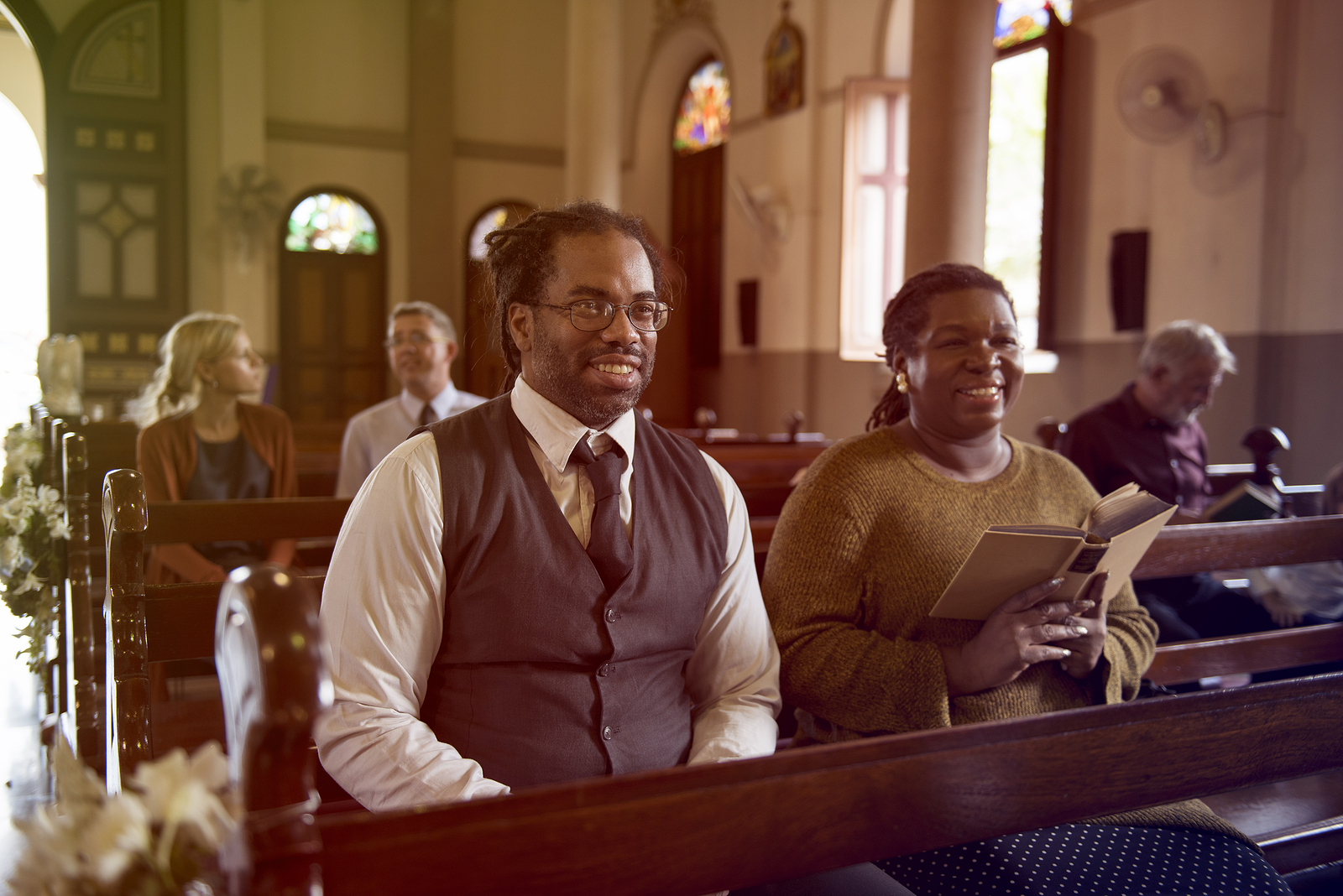Many churches have reopened their doors to in-person gatherings. Unfortunately, many of those same churches have reported that attendance has not recovered as quickly as hoped. A possible byproduct of lower attendance reported by churches is that giving has gone down, leaving church boards with far fewer resources. As churches creep back toward full service and ministry, church leaders must reexamine expenses, priorities, and make a plan for financial recovery.
Getting Church Finances Back on Track
Church protocols, procedures, and services may never be what they were before the pandemic, but that may not be all bad. Churches looking to regain healthy, post-pandemic finances may find these three guiding objectives helpful:
- Make and affirm goals
- Embrace changes that worked during the pandemic
- Take the opportunity to reorganize every aspect of your church’s financial plan and corresponding operations.
Steps to Tackle Post-Pandemic Challenges
Assess
Take a hard look at where your finances are, comparing it with this time last year or even before the pandemic. Assess your current resources and project what you think they might be if you changed nothing by the following year. Get a working idea of how far off your income is from your obligations and where you might need to make changes in operations based on current conditions.
Prioritize
Based on your church goals and convictions along with your current legal and financial obligations, determine your financial priorities. While you’re doing this, create a “wish list” describing secondary goals you want to work on in the event your finances take an upturn. Account for every possible dollar that you may get, just to keep you focused on not making impulsive choices that ultimately waste resources along the way.
New Budget
Plan for the worst, but hope for the best. Update your budget to reflect what you will be able to pay for in the worst circumstances. Be very conservative, acknowledging the worst thing that could happen, then find a way to work around it. Doing so can be very empowering, taking anxiety and fear of the unknown out of the issue.
Reduce
Since attendance is lower, think of your previous practices that could be reduced or eliminated temporarily (or from now on) that will save money. Reducing the number of services could save on staff hours and facility resources while allowing church members to reconnect in person after being isolated. Many churches have reduced or stopped printing programs and other materials.
Diversified income
The churches that have bounced back the best are the ones that never totally relied on a regular Sunday tithe offering to pay all expenses. Instead, investments, savings, interest-bearing accounts, and annual fund-raising or giving programs can make a big difference when staying financially secure. Churches with large auditoriums, lighting, and audio/visual systems also have great potential to make money renting out their facilities and staff for schools, businesses, and municipal events.
At Myrick CPA, we’re glad to see proof of life coming back into our communities. The reemergence of open churches is good to see. However, we’d love to help congregations use this time to become more effective stewards of their resources, returning to their good works with their surrounding communities. Contact us today for your free consultation.





